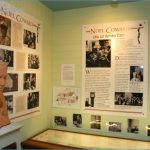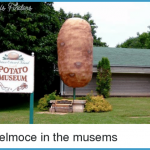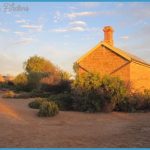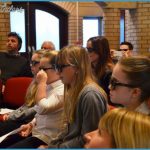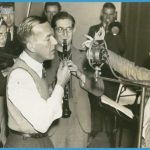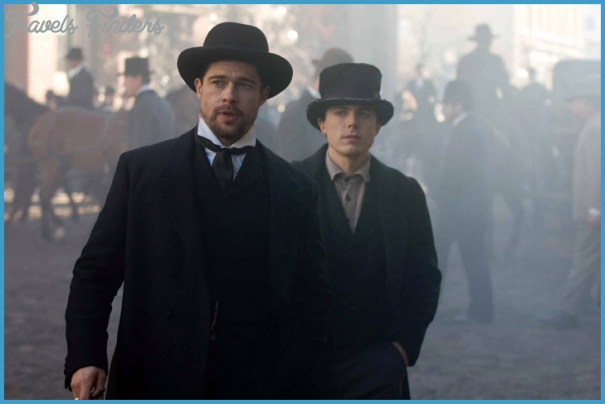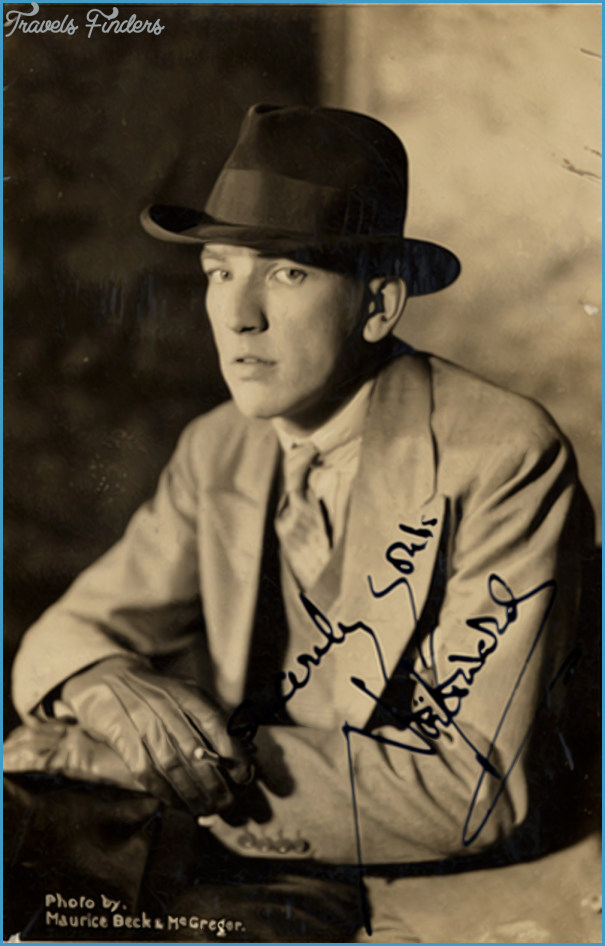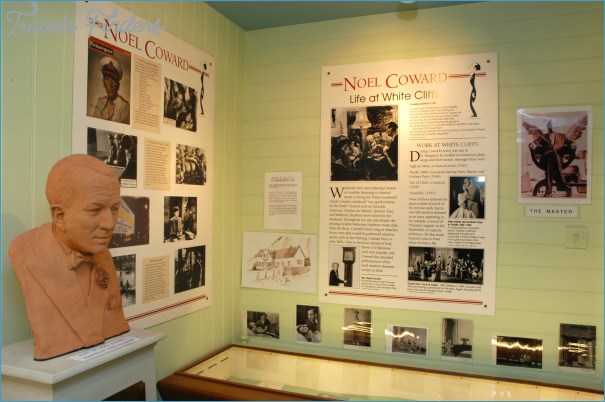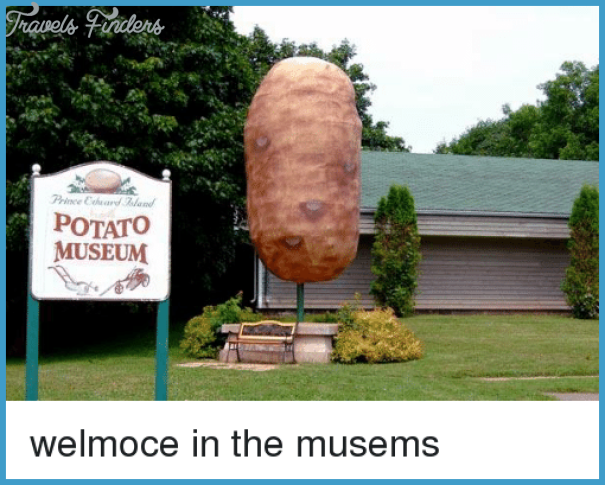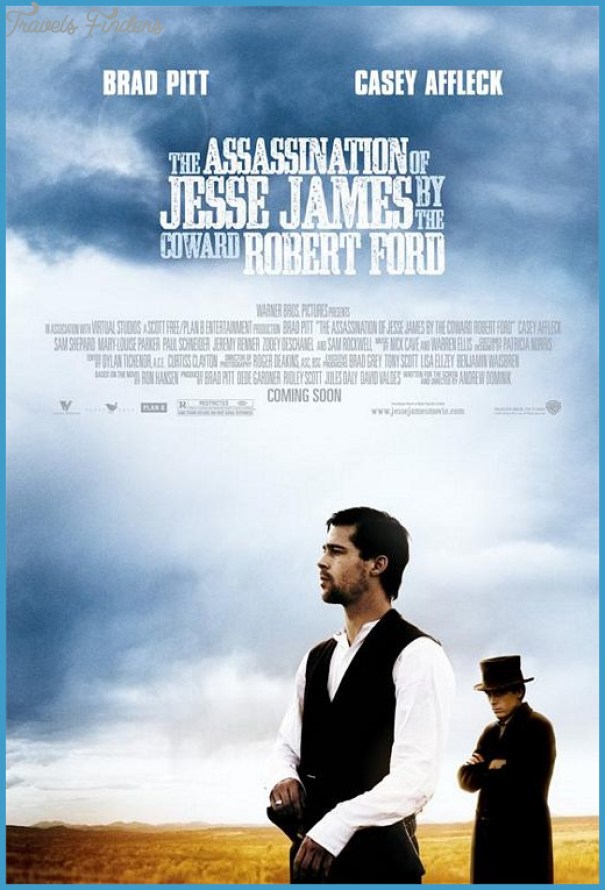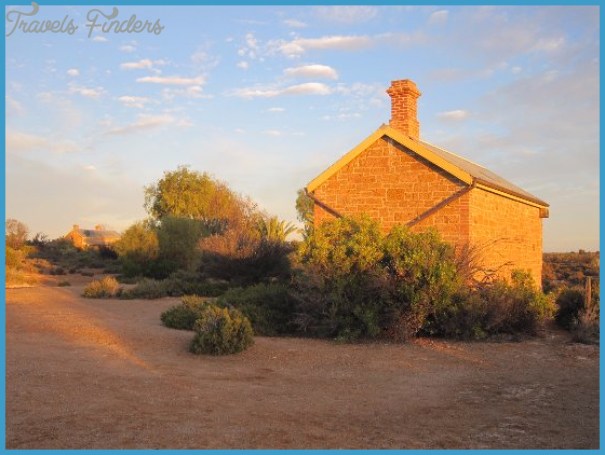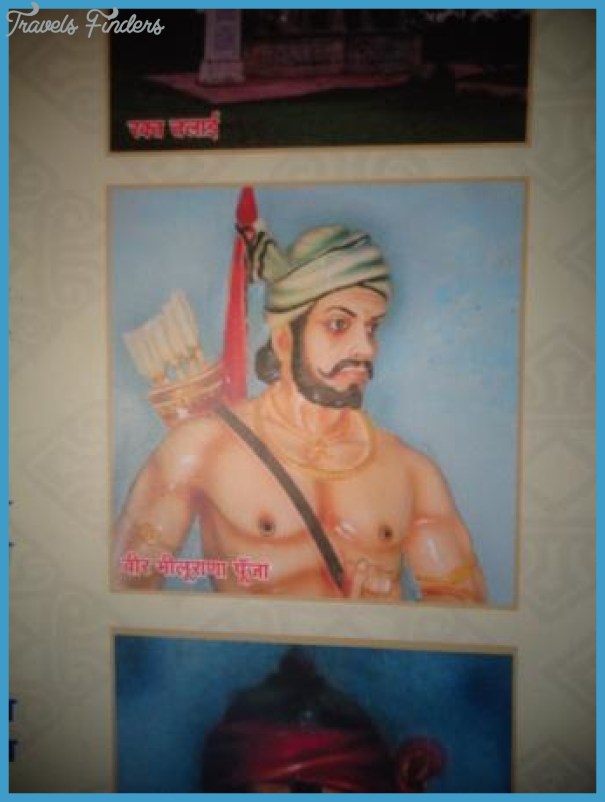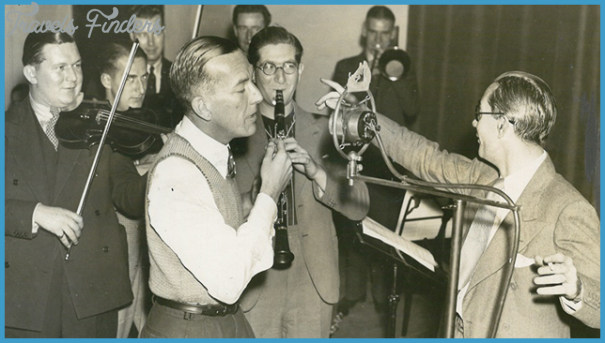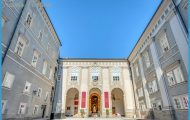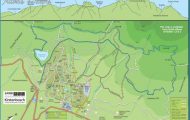COWARD MUSEUM
Composer, actor, playwright, librettist, singer, pianist, painter: Noel Coward was the complete man of the theatre, with a style of his own that in many ways epitomizes the lighter side of English society in the second quarter of the 20th century. It is symbolic that Bitter-Sweet (1929), an operette’, was his first unqualified success. The Master’ had little formal musical training and relied on others to notate most of his music, but from the late 1920s until the early 60s he produced a stream of songs, distinctive in flavour, mostly for revues, musicals of various kinds and films.
Coward had several homes at different times, and often several at the same time. London was mostly his base; three of the houses he lived in, in Teddington (131 Waldegrave Road, where in 1899 he was born), Sutton (56 Lenham Road) and Belgravia (15 Gerald Road), bear blue plaques, and 111 Ebury Street, Victoria, was for a time the Noel Coward Hotel. There is a plaque in the Actors’ Church’, St Paul’s, Covent Garden, and a floor-stone to him in Westminster Abbey, as well as a statue at the Theatre Royal, Drury Lane. There are identical ones in the Gershwin Theatre, New York, and in the garden of his last house in Jamaica: all were unveiled by members of the royal family. It is in Jamaica that he is buried. He chiefly lived there in his later years, first at a villa Blue Harbour’, which is now a seedy hotel but retains the connection with a display of photographs, and finally in the small, white, modernist house, Firefly’, that he built there and in which he died in 1973. This is now a museum to Coward: among the exhibits are his own wall paintings (described as of purple flowers, emerald sea and muscular black men in a state of undress), his typewriter, some shirts and a song half written when he died.
COWARD MUSEUM Photo Gallery
He had a European retreat, too, in Switzerland, at Les Avants, near Montreux, and another in Kent, a house, Goldenhurst’, just south of the village of Aldington, near Lympne. This was commandeered by the Army and not available to him in the years immediately after World War II, so in 1945 he bought a lease on a house on the beach at St Margaret’s Bay, between Deal and Dover. He was there until 1951. It is one of a group of five; preferring a degree of privacy, he acquired them all, using them for his employees, friends and relatives including his mother. His own was the end one, White Cliffs’, a gentle stone’s throw from the sea even at low tide. And there are plenty of stones on this coarse, pebbly beach.
St Margaret’s celebrates his connection with the village by assigning a room to a Noel Coward display at the local museum, which is primarily given over to maritime matters and the crucial role played by the area in the war years. The Coward collection is extensive and the display is regularly changed. Typical items shown include some of his clothes (slippers, a velvet jacket with silk braiding and a cravat), theatre programmes, publicity photographs, copies of his sheet music and one of the flasks disguised as leather-bound books that Coward gave to the original Bitter-Sweet cast. There is also one of his paintings, The Cliffs above St Margaret’s Ba/.
Items relating to Noel Coward are on display in the Theatre Museum in Covent Garden, London, including production photos, designs, a silk dressing-gown of Coward’s (there is another in a display at New York Public Library) and another of the leather-bound flasks as well as general biographical and photographic files. Apart from his diaries, which are in an American university, his papers will in due course be held at the University of Birmingham.



